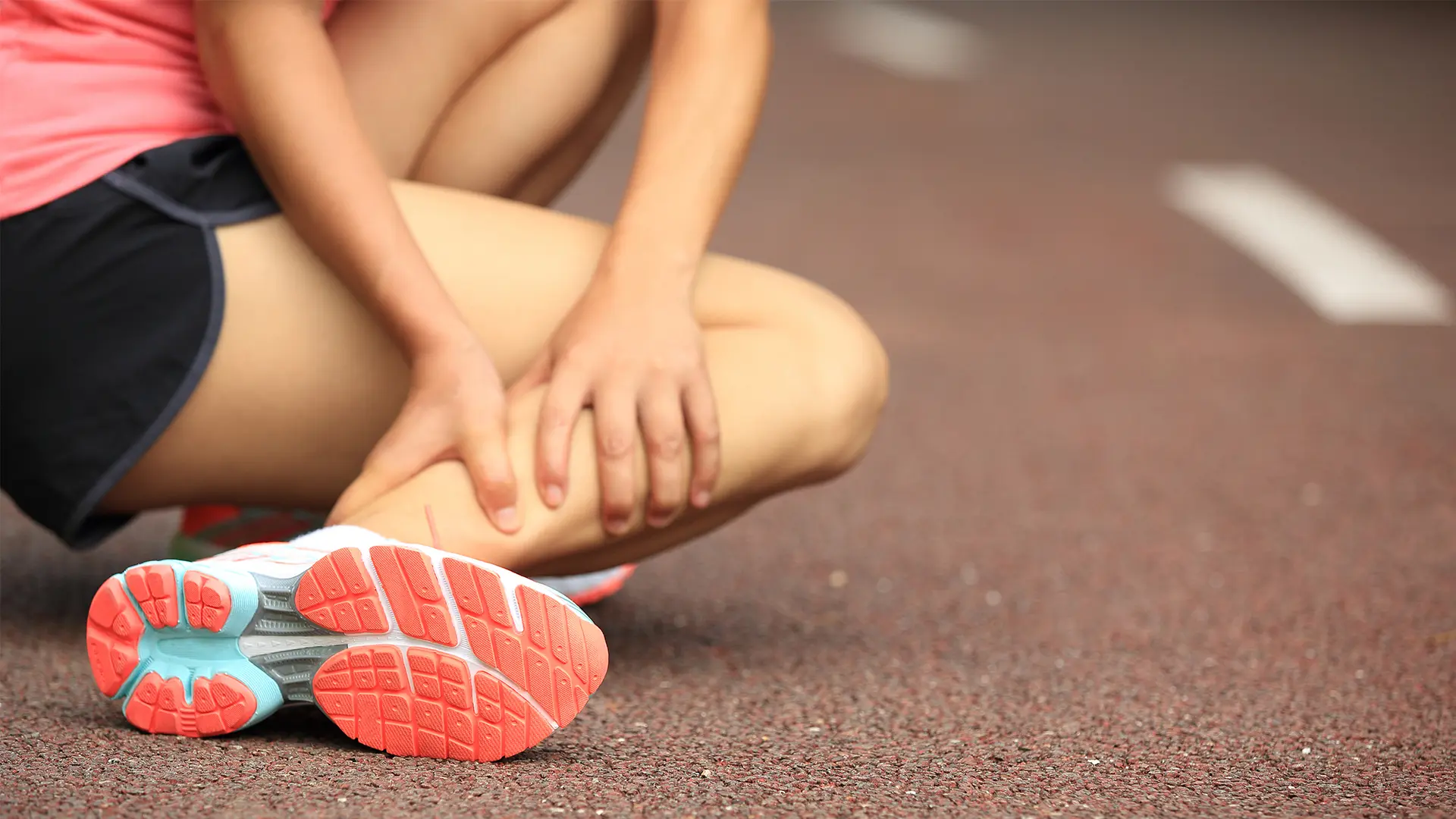[1] Röding F, Lindkvist M, Bergström U, Lysholm J. Epidemiologic patterns of injuries treated at the emergency department of a Swedish medical center. Inj Epidemiol 2015;2:3.
[2] Nabian M, Zadegan S, Zanjani L, Mehrpour S. Epidemiology of joint dislocations and ligamentous/tendinous injuries among 2,700 patients: five-year trend of a tertiary center in Iran. Arch Bone Jt Surg 2017;5:426–34.
[3] Roos KG, Kerr ZY, Mauntel TC, Djoko A, Dompier T, Wikstrom E. The epidemiology of lateral ligament complex ankle sprains in national collegiate athletic association sports. Am J Sports Med 2017;45:201–9; Hootman JM, Dick R, Agel J. Epidemiology of coiiegiate injuries for 15 sports. J Athl Train 2007;2:311–9.
[4] Barg A, Pagenstert GI, Hügle T, Gloyer M, Wiewiorksi M, Henninger H, et al. Ankle osteoarthritis: etiology, diagnostics, and classification. Foot Ankle Clin 2013;18:412–26.
Saltzman Charles L, Salamon Michael L, Michael Blanchard G, Huff Thomas, Hayes Andrea, Buckwalter Joseph A, et al. Epidemiology of ankle arthritis: report of a consecutive series of 639 patients from a tertiary orthopaedic center. 2004. . [Accessed 20 July 2017] https://www.ncbi.nlm.nih.gov/pmc/ articles/PMC1888779/pdf/IowaOrthopJ-25-044.pdf.
Valderrabano V, Horisberger M, Russell I, Dougall H, Hintermann B. Etiology of ankle osteoarthritis. Clin Orthop Relat Res 2009;467(7)1800–6, doi:http://dx. doi.org/10.1007/s11999-008-0543-6 Epub 2008 Oct 2.
[5] Cushnaghan J, Dieppe P. Study of 500 patients with limb joint osteoarthritis. I. Analysis by age, sex, and distribution of symptomatic joint sites. Ann Rheum Dis 1991;50:8–13.
Valderrabano V, Horisberger M, Russell I, Dougall H, Hintermann B. Etiology of ankle osteoarthritis. Clin Orthop Relat Res 2009;467(7)1800–6, doi:http://dx. doi.org/10.1007/s11999-008-0543-6 Epub 2008 Oct 2.
Barg A, Pagenstert GI, Hügle T, Gloyer M, Wiewiorksi M, Henninger H, et al. Ankle osteoarthritis: etiology, diagnostics, and classification. Foot Ankle Clin 2013;18:412–26.

